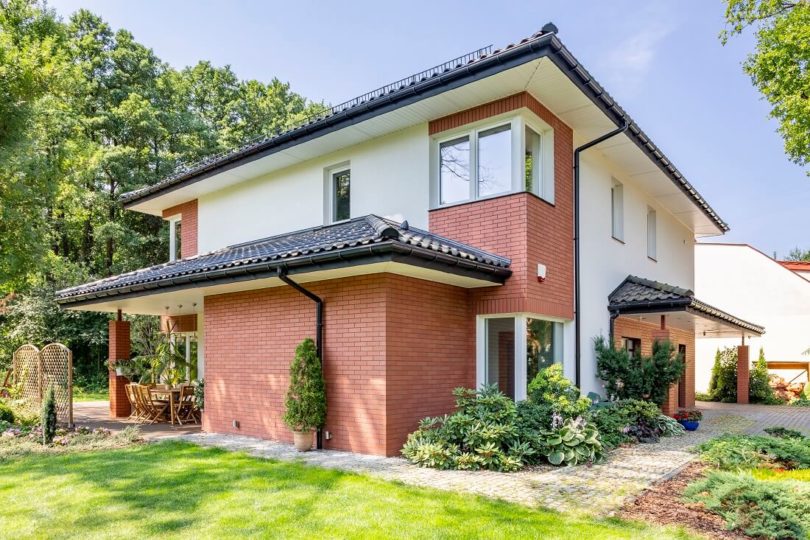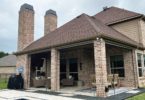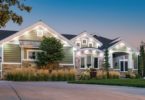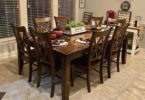October to March is the prime season for planting hardy trees in Louisiana, and November through early December is an especially good time. The soil is still warm, which encourages vigorous root growth, and trees will have several months to get established before next summer’s heat.
At the same time, the weather is cool and the trees are going dormant, which reduce stress. Generous rainfall during winter makes constant attention to watering unnecessary. Planting at this time is especially beneficial for balled-and-burlapped trees because they lose so much of their root system when they are dug.
The trees you plant eventually will grow much larger than the saplings you purchase and bring home from the nursery. Although it is tempting to plant more trees than you really need, years later you will realize you made a terrible mistake.
No one tree is the perfect tree for Louisiana. All trees have advantages and disadvantages, depending on the planting location and desired characteristics. Here are some points to consider:
- Select a tree that will mature at the appropriate size. This cannot be stressed too much. Generally, small trees are those that grow from 15 to 25 feet tall; medium-sized trees grow from 30 to 55 feet tall; and large trees grow 60 feet tall or more. To get a feel for how well a tree will fit into the spot you have selected, try this exercise: For the type of tree you have selected, look up the expected spread of the branches. Divide the expected spread by two, and cut a piece of twine or string that long. If, for instance, the expected spread is 40 feet, cut a piece of string 20 feet long. Drive a stake into the ground where you intend to plant the tree and tie one end of the string to the stake. Stretch out the string to its full length and walk in a circle around the stake. This will let you really see how much space the tree will occupy.
- Think about the purpose of the tree. Do you need it to shade a two-story house or a small patio? Will a row of evergreen trees provide a screen or windbreak? This will help you determine the characteristics the tree should have, such as its shape, size and rate of growth. Also consider flowers, attractive berries, brightly colored fall foliage or unusual bark.
- Decide if you want an evergreen tree that retains its foliage year-round or a deciduous tree that loses its leaves in winter. Evergreen trees will provide consistent shade while deciduous trees won’t.
- Choose trees that are well adapted to our growing conditions. A number of northern species of beech, maple, conifers and others you might see in catalogs are unsuitable for our area.
- Check the location of overhead power lines, and if you must plant under them, use small, low-growing trees. Also consider underground water lines and septic tanks as well as walks, drives and paved surfaces that may be damaged by the roots of large trees. Locate large trees at least 15 feet away from your house and paved surfaces.
Provided by LSU AgCenter








